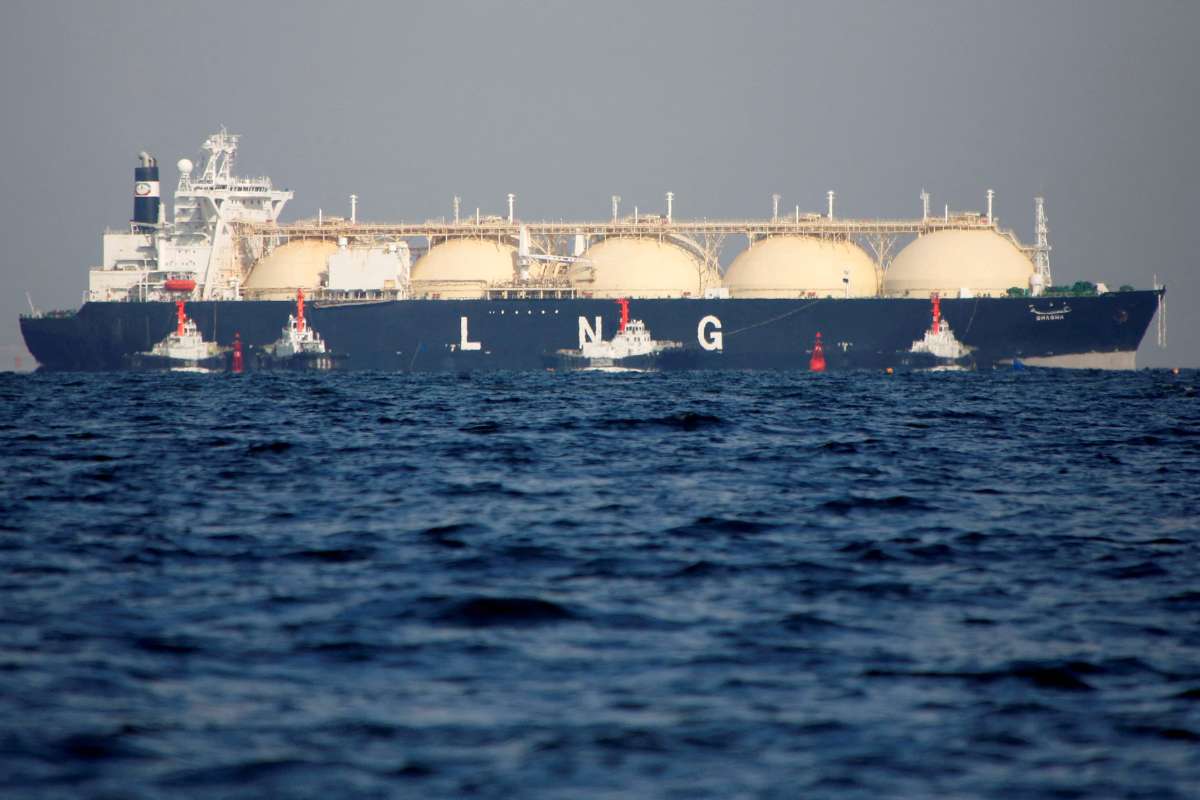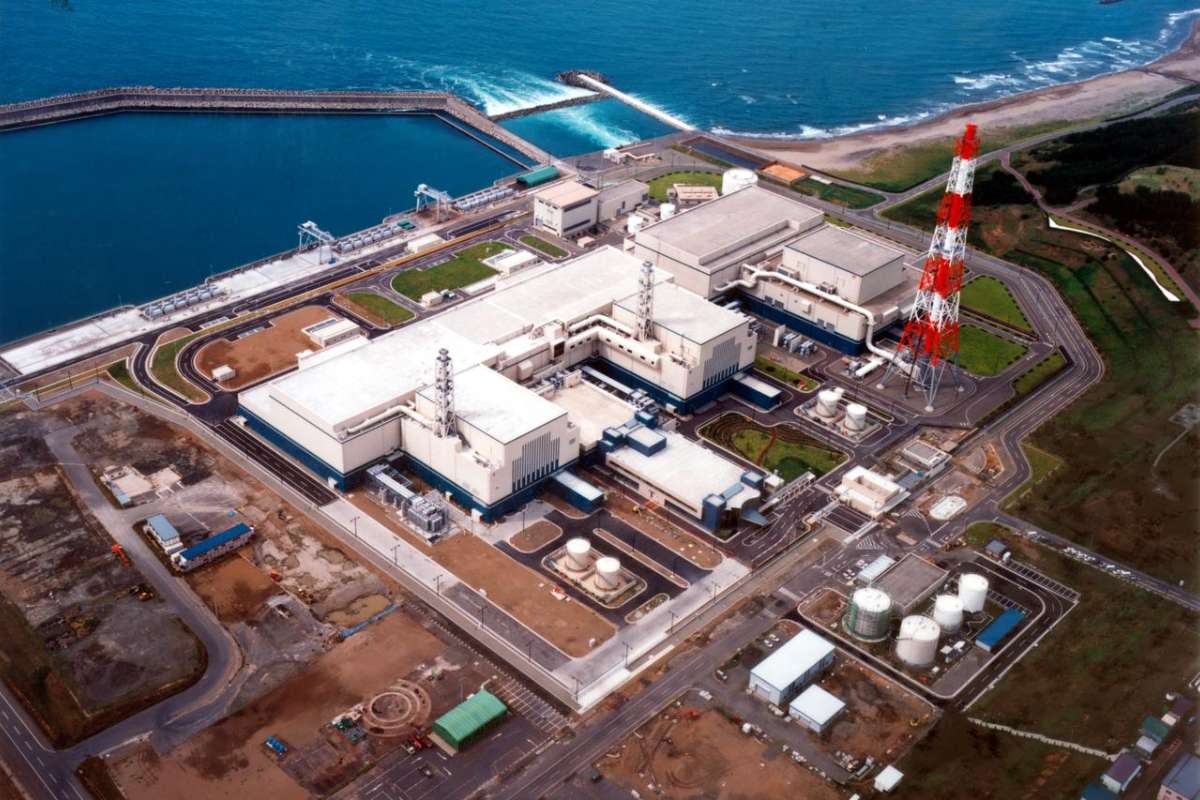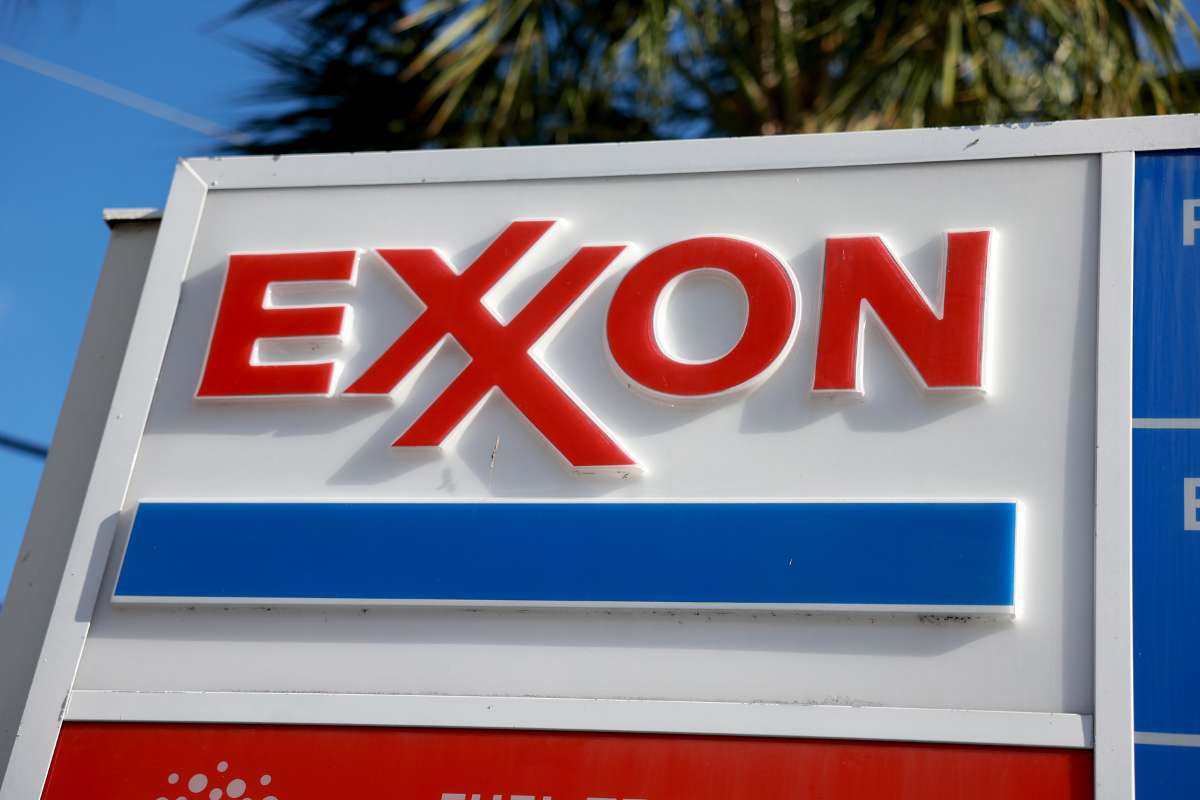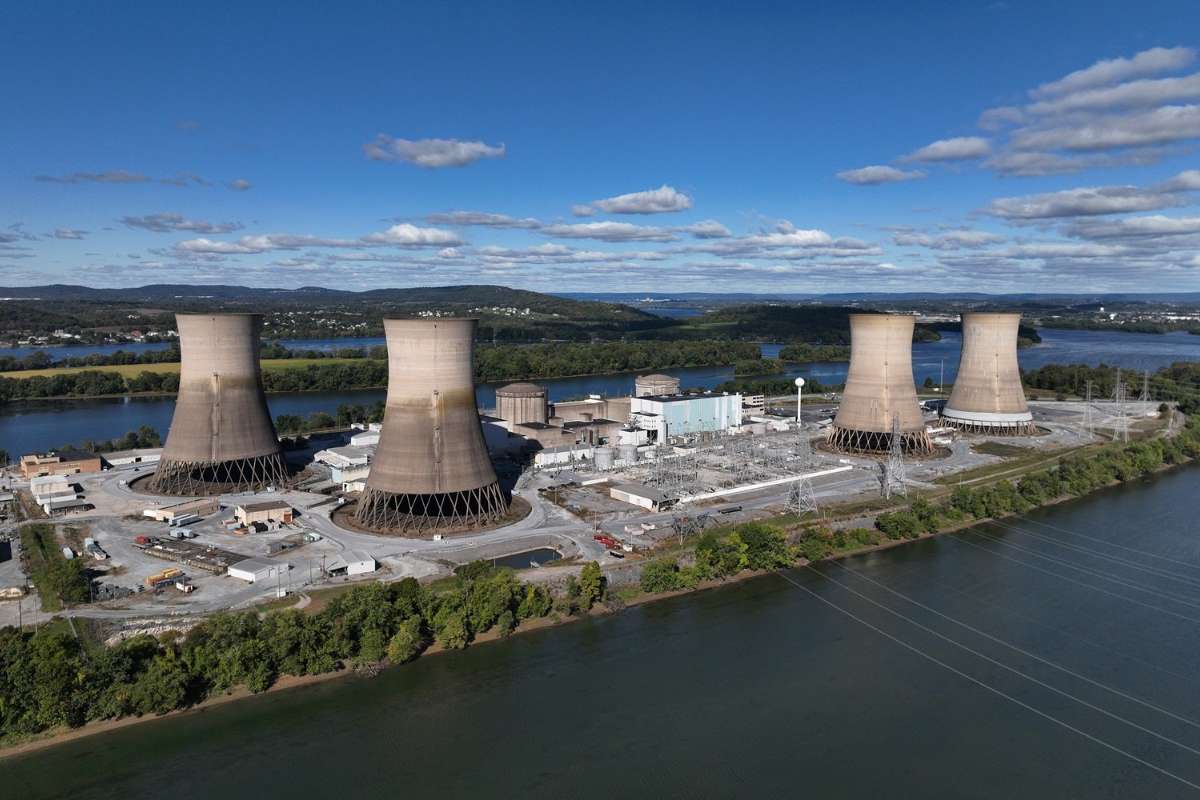Global oil markets came under renewed pressure this week after the International Energy Agency (IEA) sharply revised its supply outlook upward. The agency now projects oil production to rise by 2.5 million barrels per day (bpd) in 2025 and by an additional 1.9 million bpd in 2026. These increases follow OPEC+’s decision to unwind voluntary production cuts and ramp up output in September, reversing millions of barrels per day in earlier reductions.
Non-OPEC+ producers, led by the United States, Canada, Brazil, and Guyana, are also expected to contribute significantly to the rise, with forecasts for next year showing stronger gains. This combination of higher OPEC+ production and steady growth from other major producers has set the stage for an oversupplied market through at least the next 18 months.
Demand Weakness Adds to Downward Price Pressure
While supply projections have been lifted, the International Energy Agency (IEA) cut its expectations for global demand growth to around 680,000–700,000 bpd for both 2025 and 2026 — the slowest pace since the 2009 financial crisis, excluding the pandemic. The agency cited weak economic growth, sluggish industrial activity, and softer consumption patterns as the main drivers behind the slowdown.
The imbalance between rising production and subdued demand is expected to create a persistent market surplus, with inventories building and storage capacity facing renewed pressure. This outlook has already been reflected in market sentiment, with Brent crude slipping below $66 per barrel for the first time in over two months.
Market Reaction and Short-Term Price Movements
On August 13, crude benchmarks recorded their steepest drop in weeks. Brent futures fell to $65.01 a barrel, while West Texas Intermediate (WTI) settled at $61.94. The sell-off was fueled by the International Energy Agency’s warnings, coupled with an unexpected build in U.S. crude inventories that far exceeded market expectations.
A day later, prices staged a modest recovery. Brent climbed back to $65.91 and WTI to $62.89, supported by geopolitical uncertainty ahead of a scheduled meeting between U.S. and Russian leaders. Concerns over potential disruptions to Russian oil flows and speculation about an interest rate cut by the U.S. Federal Reserve provided a temporary lift.
Despite this short-term rebound, analysts caution that underlying fundamentals remain weak. Unless there is a significant shift in either production strategies or global economic momentum, the market is likely to remain under pressure, with oversupply concerns continuing to weigh on prices into 2026.
Visit Oil Gas Energy Magazine for the most recent information.
